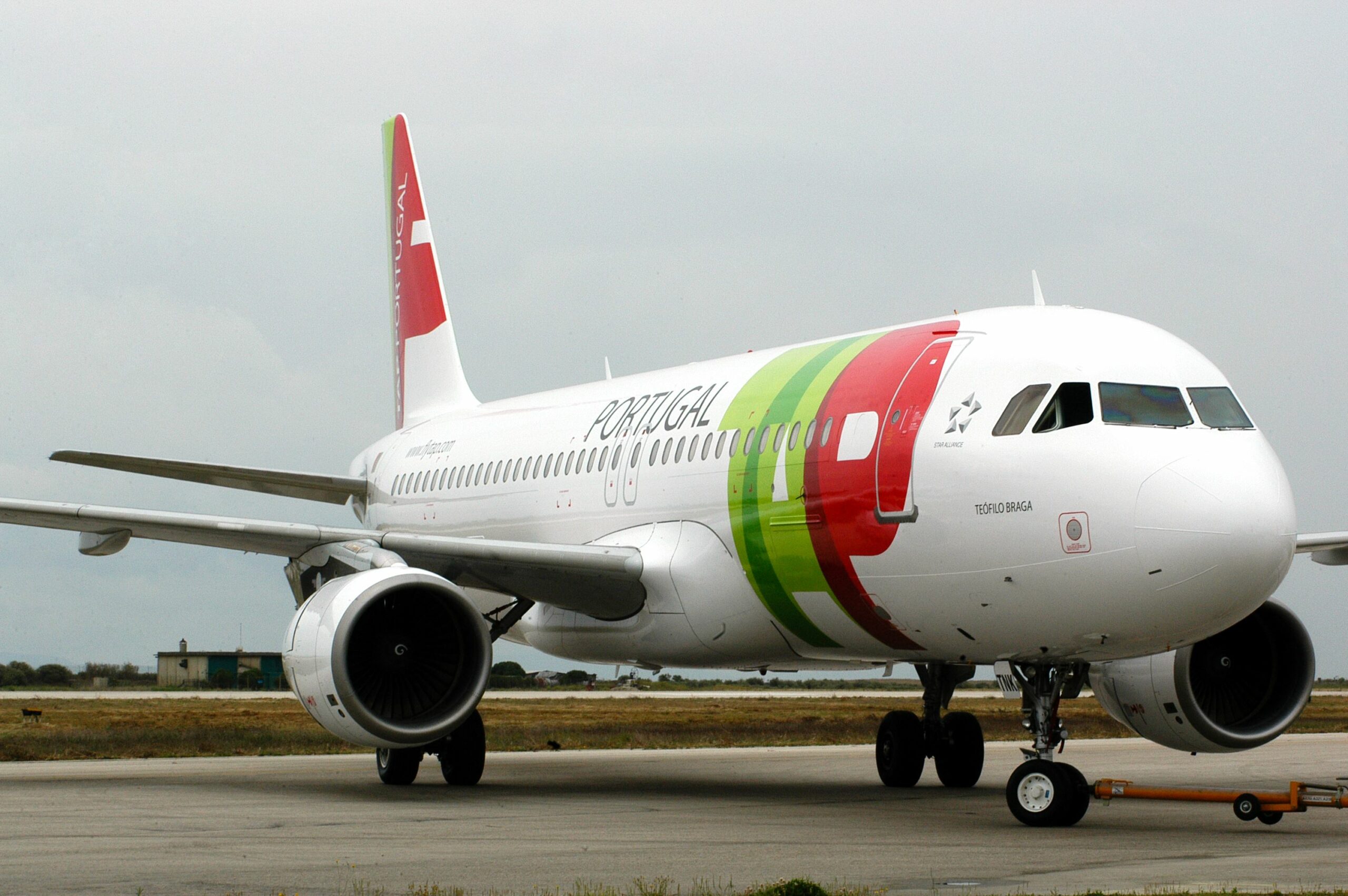
A320 2 scaled
It’s still very early days, but by reporting improved first-quarter results, TAP Air Portugal has taken another step to become more attractive to potential investors when it will be privatized in the future. TAP reduced its Q1 net loss to €-57.4 million as it delivered a strong financial and operational performance, but there is still a lot of work to do. TAP Air Portugal’s Q1 lays the foundations for privatization.
The net loss was an improvement over €-121.6 million in Q1 2022 and was also better than the €–106.6 million reported for Q1 2019. In other ways too TAP performed better than in 2019: it carried 3.5 million passengers, 0.1 million more than in 2019, and 1.4 million more than in Q1 last year. Capacity as in available seat kilometers (ASK) was 12 billion, up one billion over 2019 and three billion over last year.
Total revenues increased to €835.9 million from €490.6 million and were also well above the €614 million generated in Q1 2019. Passenger revenues at €737.6 million from €412.7 million and cargo revenues are down to €48.7 million from €64.6 million. Unit revenues per available seat kilometers (RASK) were up to €7 cents compared to €5.70 cents last year and €5.62 in 2019. The airline reported strong income from maintenance activities, which were up to €43.6 million from €9.2 million year on year.
TAP’s operating expenses increased to €852.2 million from €552.7 million, with fuel up by 110 percent to €277 million as prices went up and activity increased. This also affected employee costs, which went up by 52.6 percent to €123.8 million. The operating result (EBIT) was €-16.3 million, up from €-62 million last year, but interest costs, currency costs, and taxes resulted in a net loss of €-57.4 million. The recurring EBITDA was €120 million and was positive for the seventh consecutive quarter. TAP reported its first full-year profit in 2022 since 2017.
The carrier ended March with €855.6 million in cash and cash equivalents, down €60.3 million from December. Net debt stood at €3.656 billion, up from €3.599 billion in December and €3.637 billion in December 2019, but the net debt to EBITDA ratio improved from 5.2x in December 2019 to 3.5x in December. Moody’s credit rating recently improved from B3 to B2.
Many issues to be addressed
As TAP’s new CEO Luis Rodrigues, who took over from the ousted Christine Ourmieres-Widener last month, said, the airline is improving: “TAP delivered, in this quarter, a strong operational and financial performance, despite the increase in costs and operational challenges. Addressing these challenges on the doorstep of Summer is the path we need to focus on. A path that cannot be achieved without the effort and dedication of all our employees.”
The issues that need to be addressed by Rodrigues are the same ones he inherited from Ourmieres-Widener, who had to resign after unlawfully approving a €500.000 compensation scheme to a former member of the Board of Directors. Those issues are congestion and fierce competition from Ryanair and easyJet at TAP’s Lisbon hub, finalizing collective labor agreements with all employee groups, maintaining good positive cash flow, and deleveraging the balance sheet.
This slide shows how TAP’s financial parameters have fluctuated in the past decade. (TAP Air Portugal)
While generating more revenues on its own, TAP Air Portugal is still on state support and will receive another €343 million capital increase in December, followed by an identical and final one a year later. This adds up to €2.538 billion in total state aid received since 2020 under TAP’s transformation plan which includes an increase in revenues, the optimization of the network and fleet, €150 million in structural cost savings, and improved customer services.
Upgauging is having effects
The airline is already seeing effects from upgauging the fleet as it introduces more Airbus A321LRs into the fleet. Two more were delivered during Q1. The bigger aircraft improve unit revenues and also have lower operating costs thanks to more seats and better fuel efficiency. There are now twelve LRs in the fleet, ten A321neo’s, and eleven A320neo’s, plus fifteen A320ceo’s, three A321ceo’s, and five A319ceo’s. The widebody fleet includes nineteen Airbus A330-900s and three -300s.
But as it said on May 12 during the earnings presentation, TAP needs to achieve stable profits and avoid the historic volatility that the airline has seen over de past decade, with EBIT and net income all over the place. The building blocks seem to slowly fall into place as TAP further benefits from the recovery of air travel. Q2 and Q3 booked load factors are up year on year.
In preparation for later privatization, the Portuguese government said last month that it mandated state-holding Parpublica to select two independent assessors to assess the value of the airline. The government is hoping to offer the airline for sale in July or August. Air France-KLM and Lufthansa have indicated that they could make a bid for a partial acquisition of TAP if the terms are right.
Views: 13




